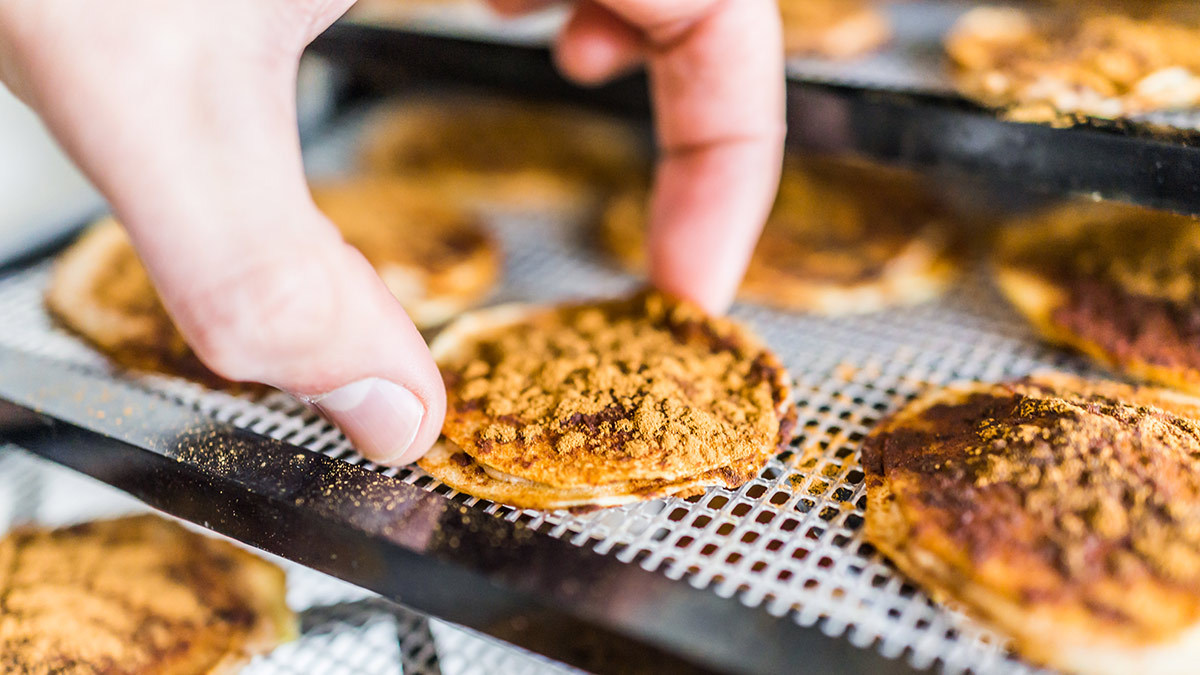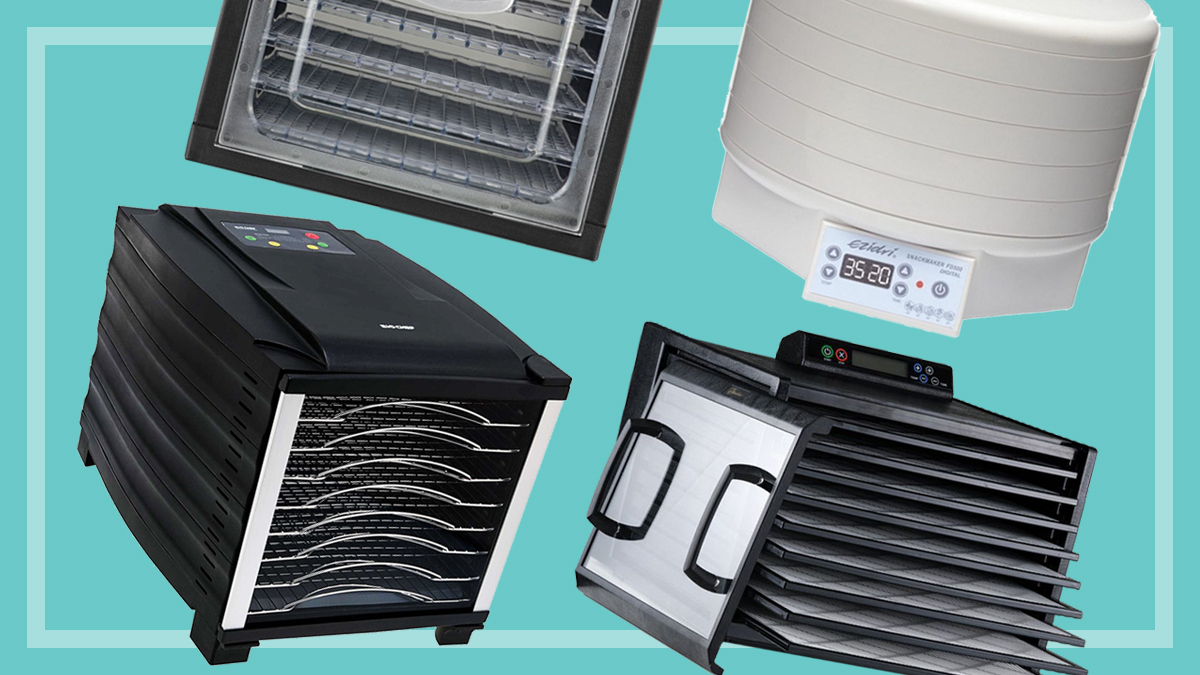Get our independent lab tests, expert reviews and honest advice.
How we test food dehydrators

Food dehydrators help you create your own snacks at home, free from sugar and preservatives. They have a heating element and fan, and operate at low temperatures to draw moisture out of fruits and vegetables.
On this page:
We’ve put a range of food dehydrators to the test to tell you which models work best.
Our expert testers
There’s no doubt our home economist Fiona Mair knows her way around a kitchen. With 30 years of experience, she’s seen a lot of new technology enter the kitchen space. This is the first time she’s tested food dehydrators, but her extensive knowledge of appliances, food and, in this instance, preserving foods, makes her the perfect person to test this appliance.
How we choose what we test
With so many products on the market, why do we choose one food dehydrator over another? As with most of our product testing, our aim is to test the most popular models on the market and what you’re most likely to see in the retailers.
We survey manufacturers to find out about their range of models, look at market sales information and check any member requests to test specific models. From this information, we put together a final list that goes to our buyers. They then head out to the retailers and purchase each product, just as a normal consumer would. We do this so we can be sure the products are the same as any consumer would find them and not ‘tweaked’ in any way.
How we test
Cooking performance
We put food dehydrators through their paces by conducting five cooking tests:
- Dried apples: We dehydrate apples with moderate moisture content to assess the food dehydrator’s ability to dry evenly.
- Beef jerky: We make beef jerky as there’s an importance on food safety as well as dehydrating evenly. The jerky should bend like leather, have a slight resistance to biting, and the meat temperature should be over 70°C.
- Fruit leather: This is a dehydrated fruit puree. Fiona uses food with a high moisture content to assess how evenly the dehydrator dries food, using the fruit roll accessory provided with each product.
- Semi-dried tomatoes: Making semi-dried tomatoes helps us assess the food dehydrator’s ability to dry evenly and quickly.
- Kale chips: These help us assess the dehydrator’s ability to dry to a crisp texture.
Ease of use
We check how easy it is to:
- assemble and store the food dehydrator
- use the controls
- clean the dehydrator.
Test criteria explained
The overall score is made up of:
- Cooking performance (60%)
- Ease of use (40%)
Our test lab
We maintain a kitchen lab that is up to date with the latest reference machines and calibrated measurement tools for our testers to bring you the right results.






